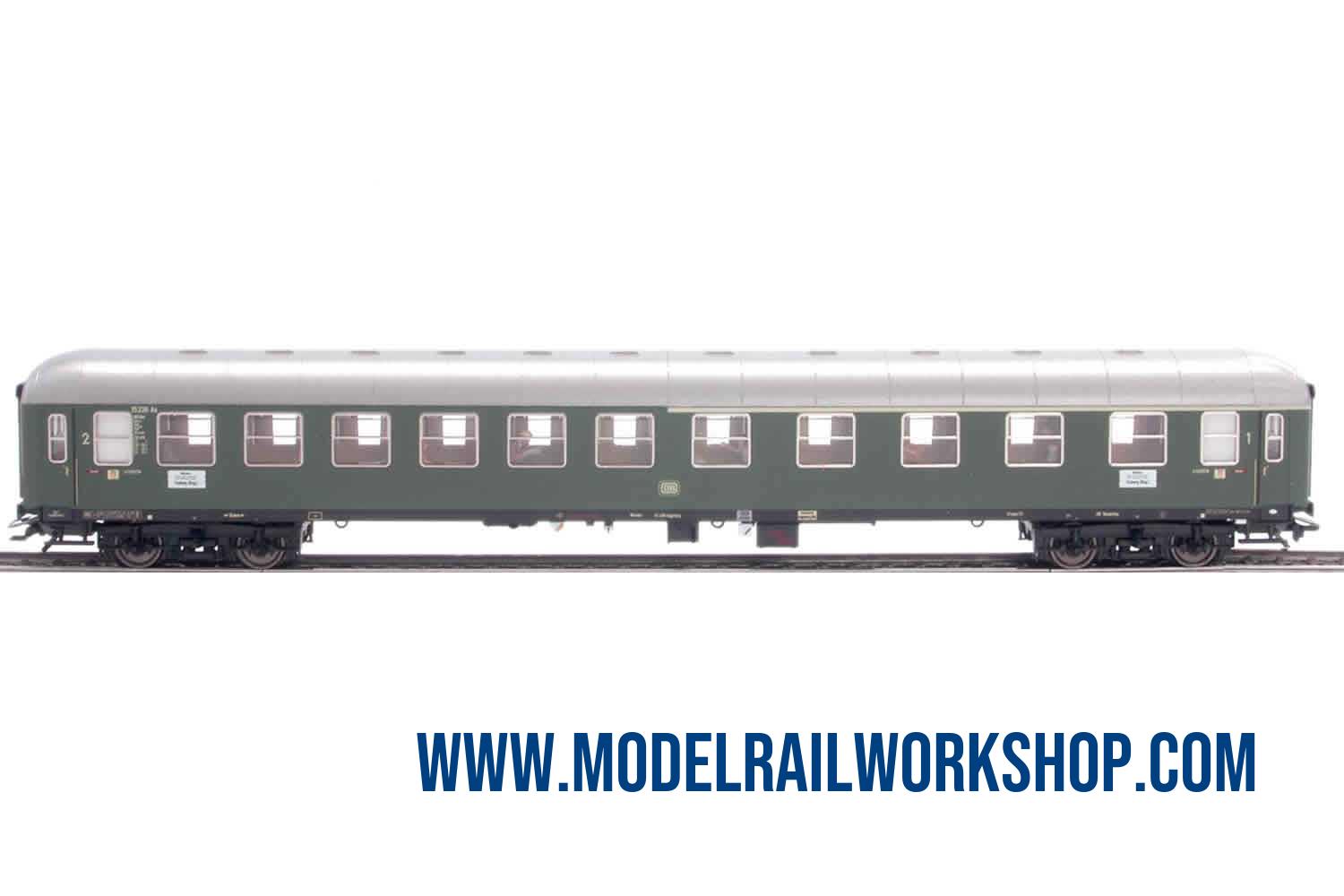
| KEY DATA | |
|---|---|
| Product Name | 43930 Passenger car - 1st/2nd cl |
| Object type | Car-Passenger |
| Product Line | Märklin |
| Era | 1945-1970 (III) |
| Manufactured years | 2006-2020 |
| Type of housing | Synthetic |
| Length | 28.2 cm |
| Technology | |
| Railway company | DE-DB |
| Märklin RRP (Year) | 60€ (2020) |
| Koll valuation (Year) | 60€ (2022) |
| Url to Märklin | Klick to GoTo www.maerklin.de |
| No | Obj.No | Obj.txt | Category | Description |
|---|---|---|---|---|
| 43930 | 15 195 Esn | DB | AB4üm-63 | version: 2012-2020 green |
| 43930 | 15 203 Esn | DB | AB4üm-63 | version: 2006-2012 green |
| Description | |
|---|---|